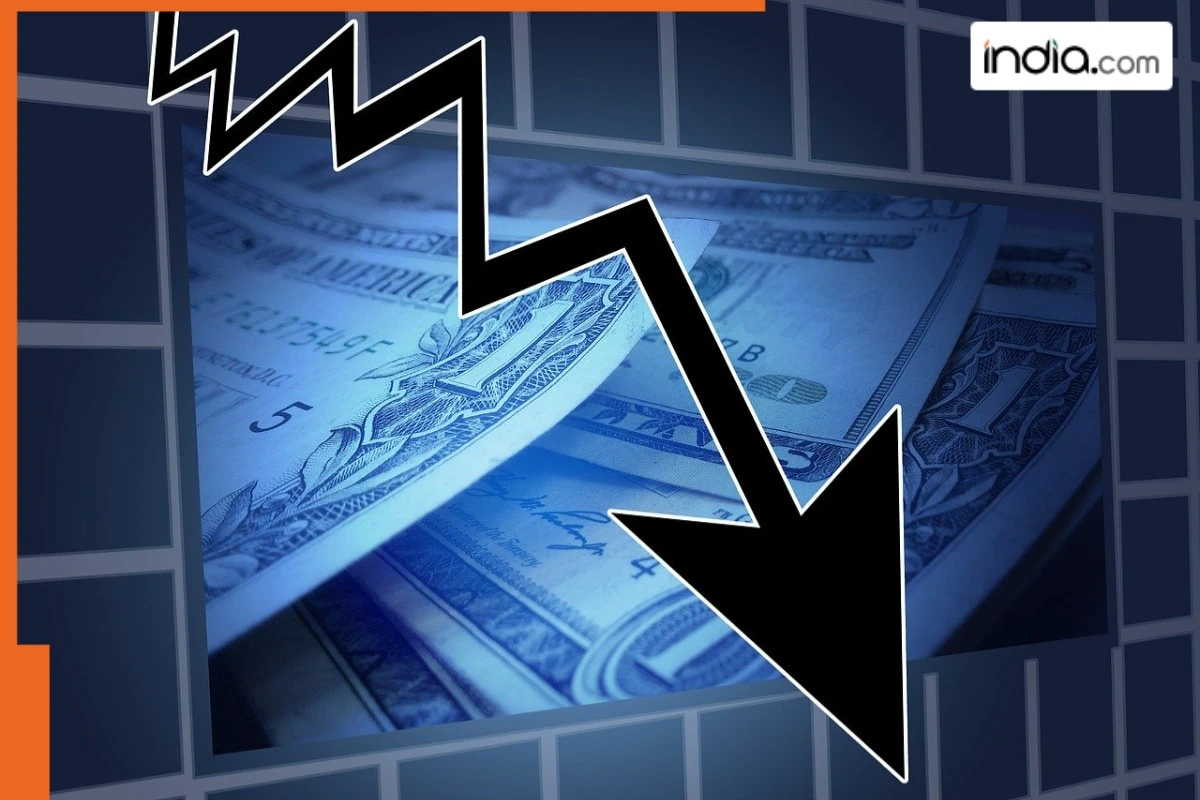New Delhi: The subprime loan bubble has increased in India. It is now ensnaring millions of families in a debt trap. In other words, the subprime loan crisis is deepening.
The news agency Bloomberg has stated this based on several surveys. In its report, it mentioned that around 68% of people are facing difficulties in repaying loans. As a result, investors putting money in this sector may face losses. This industry is approximately worth 45 billion dollars.
Subprime loans are those loans given to borrowers who do not have a good credit history.
Experts believe that the Reserve Bank of India (RBI) should exercise stricter monitoring over this. They state that financial inclusion does not only mean providing loans, but also ensuring that people can repay them.
The problem of delays in loan repayments is increasing. The percentage of loans not being repaid between 91 to 180 days has risen to 3.3%, while this figure was only 0.8% in June 2023. This indicates that the situation may worsen. Many people are taking new loans to repay old ones. Some are so distressed that they are having to withdraw their children from school. This suggests that loan defaults may increase in the coming days.
A Bloomberg report states that the subprime loans being discussed here are different from the loans given in the United States during the global financial crisis of 2007-2008. These are small loans known as microfinance. These loans are given to people who do not have regular jobs or who run small businesses. There is a high demand for such loans in India. The reason is that 9 out of 10 people here do not have a formal job. It is difficult for these people to obtain loans from banks.
Earlier, microfinance companies used to give loans to a group of people. It was the responsibility of all the members of the group to repay the loan on time. This made it easier to recover the loan. But, due to social distancing rules during the Corona epidemic, meetings in the group stopped.
“After that, it has become increasingly difficult for microfinance institutions to maintain the same level of group cohesion,” a Chennai-based policy research firm said in a report adding that clients now know that it is possible to avoid social pressure to join the group, which was the mainstay of joint liability.
However, when there is no group responsibility, no one has much incentive to refrain from taking on more loans. Every borrower is alone. The carefully constructed economics of microfinance has now become disordered. Muhammad Yunus won the Nobel Peace Prize in 2006 for this very reason.
In 2022, the RBI changed the definition of microfinance borrowers. Now, a family earning 300,000 rupees ($3,500) annually can also take microfinance loans. In cities, this limit has increased by 50%. In villages, this increase was even more. The RBI has capped the total monthly repayment on all loans at 50% of income.
